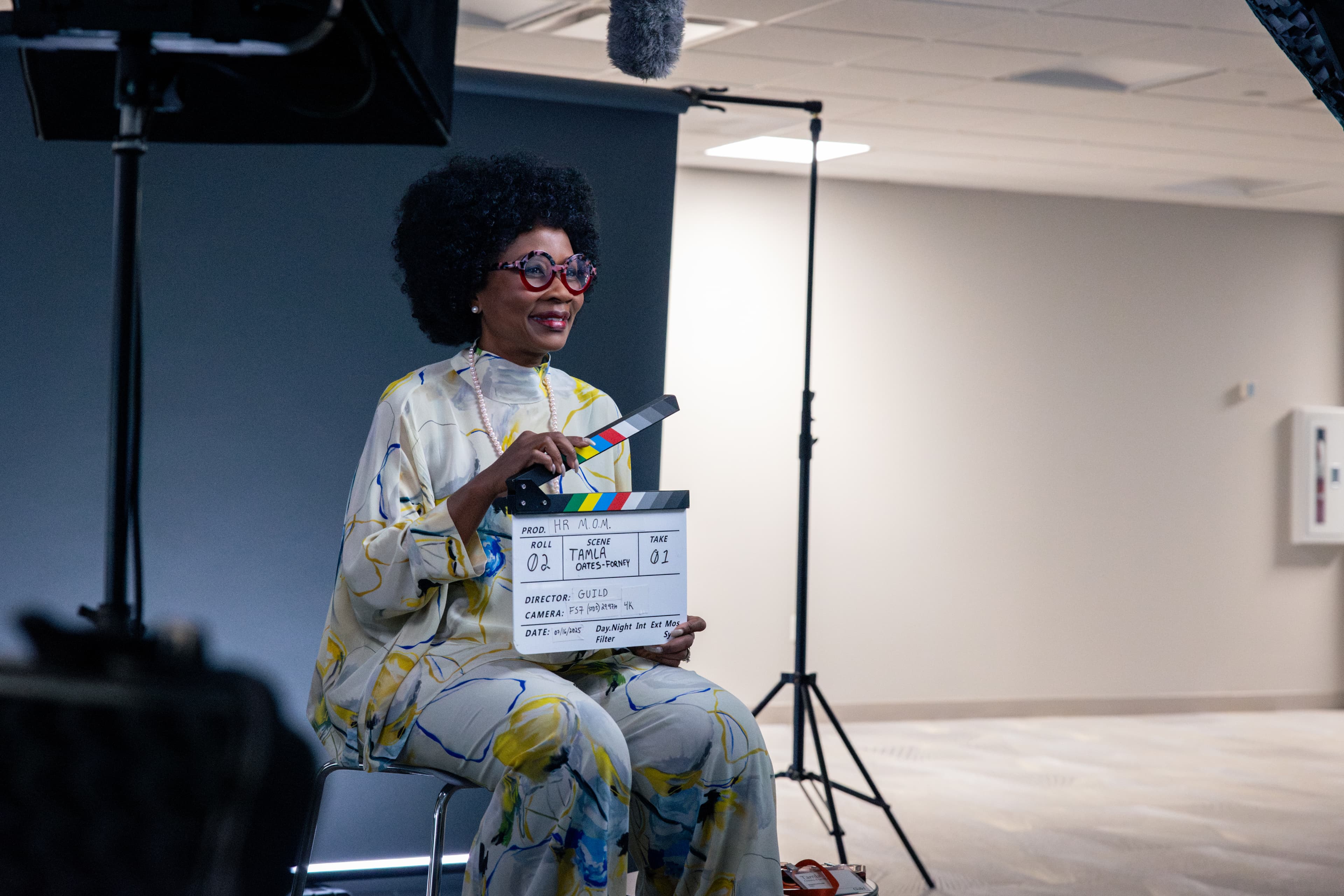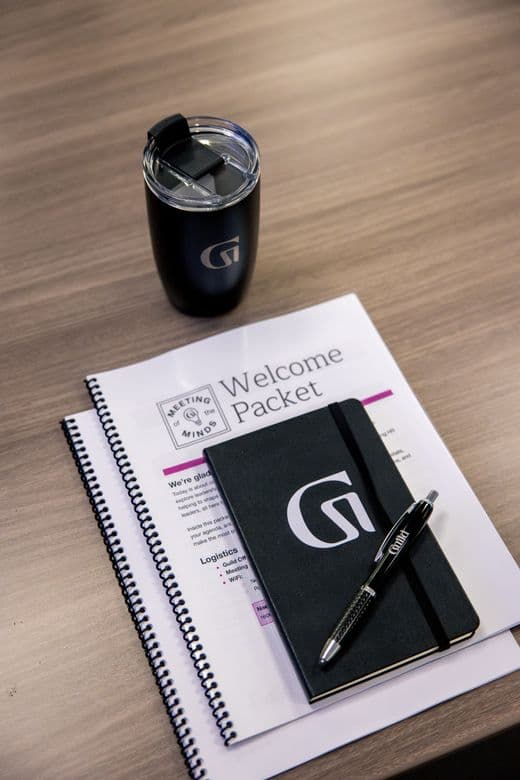Tamla Oates-Forney |
Whether you’re a frontline supervisor or a Fortune 500 executive, the core responsibility of leadership is always the same: to empower others to accomplish something they couldn’t do on their own. In my years as a leader, I’ve seen people in senior roles who lack what it takes to inspire, encourage, and innovate. I’ve also seen brilliant individuals act with confidence and clarity, even without formal authority.
Great leaders aren’t actually born. They’re built. They develop their impact through reflection, practice, and purpose. The question is, how?
Shape the culture you want.
One of the most important responsibilities a leader holds is shaping an organization’s culture.
When the energy in the room doesn’t serve the moment, it’s up to us as leaders to change it. I’ve lived this. I once stepped into a leadership role where the team I inherited was tired and fragile. They’d been through a lot, and what they needed was something different than what I’d originally planned. I had to take a great big pause, meet them where they were, and give them hope and confidence before I could push for higher performance.
Today, every organization is experiencing cultural disruption. Processes are changing. People are changing. Expectations are changing. You cannot lead in this environment by defaulting to how it’s always been done. As a leader, you have to ask yourself: What am I doing to contribute to or distract from the culture we need now?
This is especially true in sectors like manufacturing, where legacy systems and environments haven’t always been the most inclusive. I’ve worked in industrial sectors — and I’ve seen firsthand how isolating it can be for women. The jobs were often physically demanding, and the environments weren’t built to be inclusive.
Today, many of those physical barriers have been reduced thanks to automation and innovation.
But the cultural barriers still exist. And the only way to change that is through intentional storytelling, visibility, and proof. If you want to attract more diversity to your sector, show them what’s possible. Don’t just say. Show it.
Culture doesn’t change by accident. It changes because leaders decide to model something different — and make it visible, repeatable, and real.
CHROs and Purposeful Leadership
SHRM Linkage has distilled more than a million data points from over 100,000 assessments into five core commitments — relevant to every leader, at every level.
1. Inspire: Set direction through a compelling vision.
Great leaders see the art of the possible and can communicate it with impact. They help teams understand not just what needs to be done, but why it matters. Inspiration goes beyond gravitas. It has the power to energize performance and spark belief in a vision.
2. Engage: Build connection and belonging.
At the end of the day, we all want to feel seen, heard, and valued. Engagement starts with meeting people where they are — across roles, identities, and generations — and showing that every contribution counts. Engagement is where trust is built and loyalty grows.
3. Innovate: Remove barriers and empower action.
Great leaders strive to clear roadblocks, encourage experimentation, and give people the freedom to solve problems in new ways. Innovation requires the activation of all hearts and minds. Leaders know how to harness that to drive forward-thinking change.
4. Achieve: Drive results with clarity and accountability
Purposeful leaders set clear expectations and hold themselves and their teams accountable. Achievement is also measurable. It’s key for leaders to lean on data and definitive results when paving the road for a successful future.
5. Become: Continuously grow and model vulnerability
This is where the real work begins. Leaders who embrace this commitment seek feedback, own their growth, and model the humility and self-awareness they want to see in others. They become a leader they themselves would want to get behind.
“Each commitment matters, but for me, become is the one I hold closest,” writes Oate-Forney. “It always reminds me that leadership is a journey, not a destination. That you are always growing, always learning, and yet you never really arrive. That kind of self-awareness is critical, especially today, when everything from generative AI to generational change is rewriting the rules.
“That self-awareness shows up in how we lead, how we listen, and how we respond,” she added. “It’s reflected in the cultures we create. That’s where the commitments of Purposeful Leadership come to life.”
Make space for everyone at the table.
If you want to be a better leader, start by engaging. Really engaging. Meet your team at their point of need. Get to know them: who they are, what drives them, and how they work best.
On my current team, I manage four generations of employees. What motivates and inspires one person may look completely different for someone else. I can’t lead with a one-size-fits-all approach. I have to personalize and humanize my approach every single day.
One of my favorite ways to stay transparent and in-touch is through something I call “Tea with Tamla.” Every Friday morning, everyone is invited. There’s no hierarchy. No agenda. Just space to listen, share, and learn from one another. Because when people feel like their voices matter, they give you their best.
Younger generations especially don’t operate in a command-and-control structure. And I don’t expect them to. As the mom of two Gen Zs, let me tell you — they want to get behind a vision and drive value. They want to make an impact now, not wait 20 years to be invited to the table.
And they will impress you. But you have to create the space for them to show up and be seen.
Plan for pivots.
Disruptive times require a knack for addressing complex problems. That means leveraging a different kind of leadership muscle, and flexing the ability to stay present at the edge of uncertainty. Instead of defaulting to the old playbooks, notice what’s changing, listen to what your team and environment are signaling, and be willing to respond in ways that may feel unconventional.
This kind of agility doesn’t come naturally. Most of us are conditioned to solve problems quickly, leaning on experience and efficiency. But complex challenges require something more: the willingness to pivot. The more flexible we become — emotionally, relationally, strategically — the more capable we are of leading through ambiguity. And that’s how uncertainty shifts from something to fear to something we can navigate with confidence.
Remember MapQuest? You’d print out your directions and follow them step by step. If there was traffic or an accident, you were stuck. You had no other route. That’s how many organizations used to lead: a three, five, or ten-year plan with little expectation to adapt.
Now think about Waze. It takes you where you need to go but adjusts in real time. If there’s a detour, Waze reroutes you before you even know there’s a problem. That’s how we need to lead today. With transparency, flexibility, and communications. And trust in our teams.
That’s the power of the pivot. You don’t need to have every answer. You just need to be honest, share your “why.” Because if your team trusts you, they will follow you even when the path looks different than expected.
Lead with purpose, serve with intention.
In this moment of change and uncertainty, it’s important to remember that leadership is something you do and not something you are. It’s your actions, rather than your words or job title, that inspires trust and commitment.
The best leaders don’t make it about them. They make it about empowering the people they serve. And that’s where great leadership begins.



